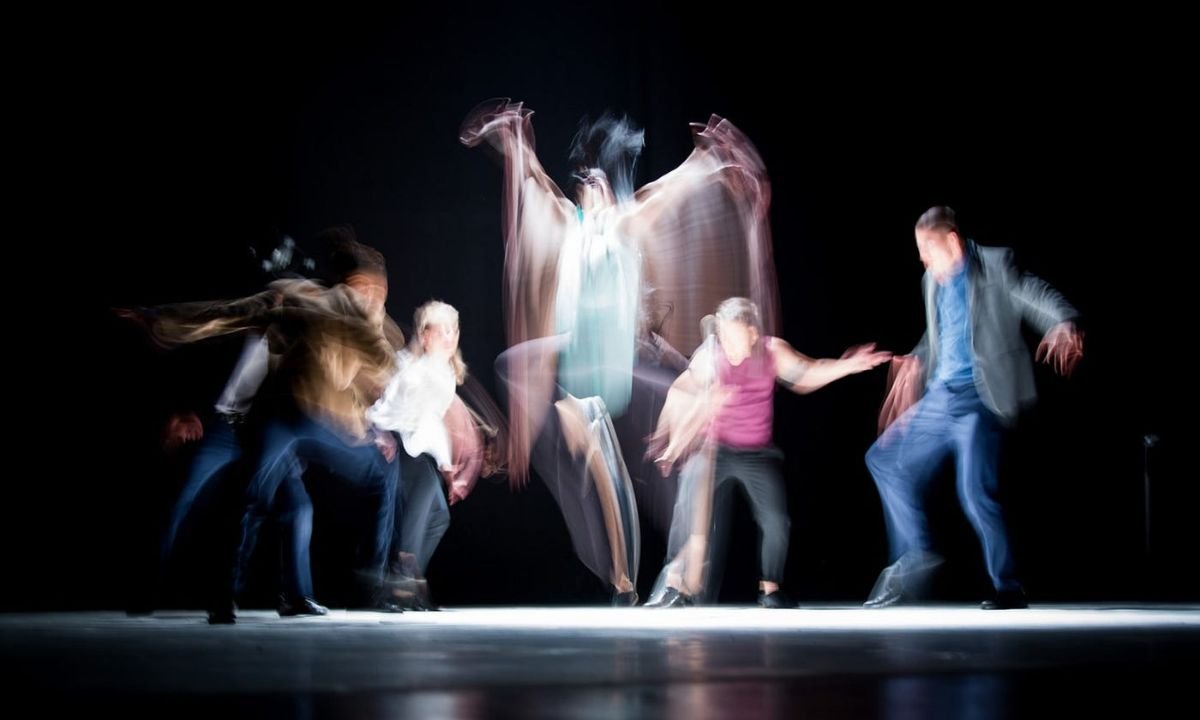Dance is more than just a form of art or a way to stay fit; it is a powerful tool for emotional expression and liberation. From ancient rituals to contemporary dance therapy, the transformative power of dance has been recognized and harnessed to foster emotional well-being. In this article, we’ll explore how expressive movements can help you achieve emotional liberation, delve into various styles that promote emotional expression, and answer some frequently asked questions about using dance as a therapeutic practice.
The Power of Dance in Emotional Expression
Dance allows individuals to express their emotions in a way that words often cannot. The fluidity and freedom of movement enable the release of pent-up emotions, providing a healthy outlet for stress, anxiety, and even joy. When we dance, our bodies communicate our deepest feelings, often leading to a cathartic experience that can result in emotional clarity and relief.
Benefits of Dance for Emotional Liberation
- Stress Reduction: Dancing triggers the release of endorphins, which are natural mood lifters, reducing stress and promoting feelings of happiness.
- Improved Mental Health: Regular dancing has been linked to lower levels of depression and anxiety. It helps in developing a positive self-image and boosts self-esteem.
- Emotional Release: The act of dancing allows individuals to express emotions that may be difficult to articulate verbally. This release can lead to emotional healing.
- Enhanced Creativity: Engaging in dance fosters creativity, which can help individuals find new ways to handle their emotions and life challenges.
- Community and Connection: Dance often involves group participation, fostering a sense of community and reducing feelings of isolation.
Styles of Dance for Emotional Expression
Different dance styles can cater to various emotional needs and preferences. Here are a few styles known for their expressive potential:
- Contemporary Dance: Known for its versatility and expressiveness, contemporary dance allows dancers to explore a wide range of emotions through fluid and unrestricted movements.
- Hip-Hop: This energetic style often incorporates personal storytelling, making it a great outlet for expressing and releasing built-up emotions.
- Ballet: Though structured, ballet’s grace and precision can be a powerful medium for expressing complex emotions.
- Improvisational Dance: This form encourages spontaneous movement, which can be particularly freeing and cathartic as it allows dancers to follow their emotional impulses.
- Therapeutic Dance: Often used in clinical settings, therapeutic dance focuses specifically on emotional healing and personal growth through guided movements.
Conclusion
Expressive movements through dance offer a unique and powerful way to achieve emotional liberation. Whether you are looking to reduce stress, cope with trauma, or simply express your innermost feelings, dance provides a safe and effective outlet. Remember, you don’t need to be a professional dancer to reap the benefits—just let your body move and your emotions flow. Dance your way to emotional freedom and discover the transformative power of movement. For a balanced approach, consider incorporating Yog Asan to complement your dance practice and enhance overall well-being.
Frequently Asked Questions (FAQs)
How can dance help with emotional liberation?
Dance facilitates emotional liberation by allowing individuals to express and release their emotions through movement. The physical activity also triggers the release of endorphins, reducing stress and improving mood.
Do I need to be a skilled dancer to benefit from expressive movements?
No, you do not need to be a skilled dancer. The therapeutic benefits of dance come from the act of moving and expressing yourself, not from technical proficiency. Everyone can benefit from the emotional release that dance provides.
What is dance therapy?
Dance therapy, or dance/movement therapy (DMT), is a type of psychotherapy that uses movement to help individuals achieve emotional, cognitive, and physical integration. It is facilitated by trained professionals and tailored to meet the specific needs of each participant.
Can dance be used to cope with trauma?
Yes, dance can be an effective tool for coping with trauma. It provides a non-verbal outlet for expressing and processing traumatic experiences, helping individuals to reconnect with their bodies and regain a sense of control and safety.
How often should I dance to see emotional benefits?
There is no set frequency for dancing to achieve emotional benefits. Some people find that even a few minutes of dancing daily can make a significant difference, while others may prefer longer sessions a few times a week. The key is to find a routine that works for you and fits into your lifestyle.
YOU MAY ALSO LIKE: Unlock Your Health and Wellness Potential with Vital Mag
Can I use dance as a form of meditation?
Yes, dance can be a form of moving meditation. Styles like ecstatic dance or mindful movement focus on being present in the moment and moving in response to your inner state, similar to traditional meditation practices.










